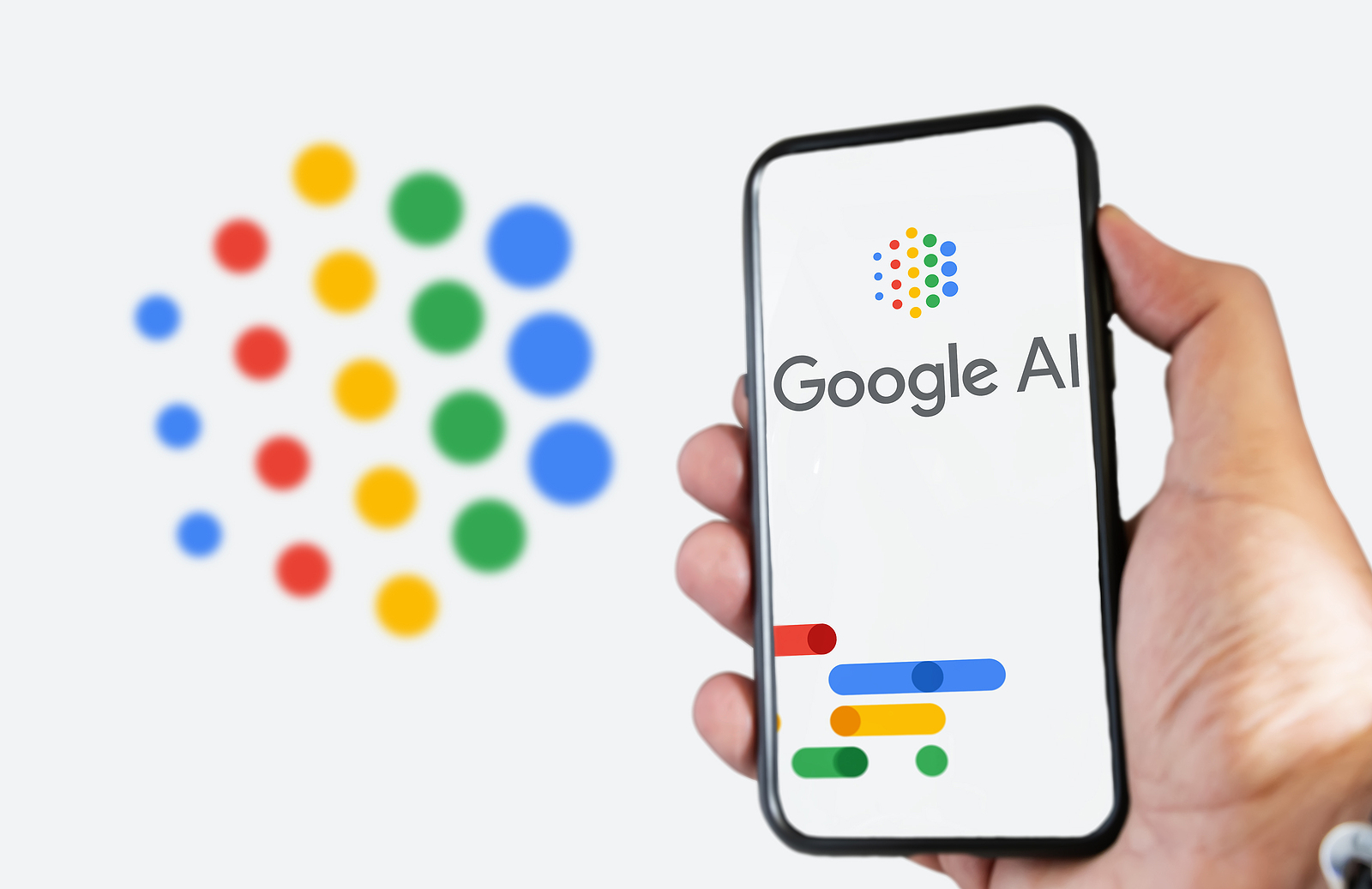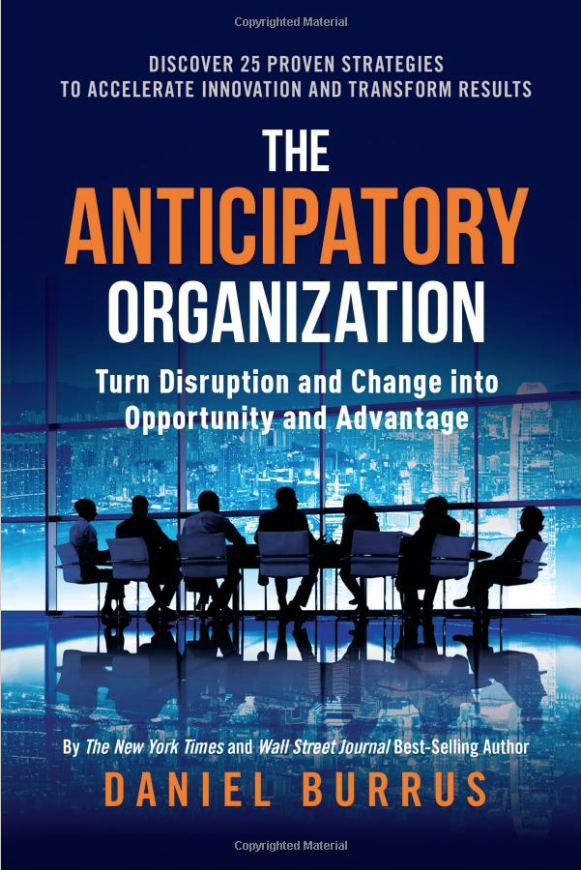Businesses, both large and small, have mastered the art of reacting and responding, managing crises, executing strategies at a high level, and maintaining lean and agile operations. However, these skills have proven insufficient in preventing massive monetary and brand losses, even for Fortune 500 companies. Case in point, Alphabet recently experienced a $100 billion loss when its profitable search business was outpaced by OpenAI’s ChatGPT. It’s clear that agility isn’t enough in our era of exponential change!

The key to thriving amid hyper-change and growing uncertainty is developing a new competency: the ability to accurately anticipate the future. This may sound impossible, but the future is visible if you know how to look for it.
I call organizations that have mastered this skill “Anticipatory Organizations.” Three decades of my research into Hard Trends and Soft Trends has contributed to developing this concept.
Hard Trends and Soft Trends: Understanding the Distinction
Hard Trends are projections based on measurable, tangible, and fully predictable facts, events, or objects. These are future facts that are certain to happen. On the other hand, Soft Trends are projections based on assumptions or statistics that appear tangible. They represent future possibilities that might occur and can be influenced or changed. Understanding this distinction can revolutionize an organization’s approach to planning and innovation, and reduce risks associated with these endeavors.
Employees of an Anticipatory Organization comprehend the value of accurately predicting the future. They recognize that the past is unchangeable, but actions taken in the present can shape the future. By acknowledging that many future disruptions and opportunities are predictable, they proactively leverage this knowledge to their advantage. They are proactive, focusing on solving predictable problems before they occur and identifying future challenges as opportunities.
The Science of Certainty: Differentiating Hard Trends and Soft Trends
This approach is underpinned by what I term the “science of certainty.” By differentiating Hard Trends (things that will happen) from Soft Trends (things that might happen), we can define future certainties. For instance, we can predict advancements in technology, demographic changes, and government regulations, among others. This capability to create certainties based on my Hard Trend Methodology is essential for businesses.
Why is this important? A strategy and innovation based on Hard Trends (certainties) carry low risk compared to those based on Soft Trends (uncertainties). Certainty breeds confidence, stimulating progress and growth, while uncertainty often serves as a roadblock.
Actionable Steps for Anticipatory Thinking
Begin by identifying Hard Trends and attach an actionable opportunity to each. Similarly, list Soft Trends and identify ways to positively influence each. From this, develop one or two actionable Must-Dos. This anticipatory approach is critical as traditional lean and agile strategies are no longer enough to guarantee success. I believe the ability to anticipate is the most vital missing competency in business today. Learn to anticipate and stay ahead of the competition.
Embracing Anticipation: Going Beyond Lean and Agile Strategies
Are you ready to transform your organization into a powerful force for the future? The Anticipatory Organization Learning System offers the perfect roadmap. With our innovative system, you can lead the change instead of just managing it. Don’t just survive the relentless wave of disruptions – ride it and thrive! Equip your team with the most crucial competency of the 21st century: the power to anticipate.
Remember, the best way to predict the future is to create it. Your future begins now. Don’t wait for tomorrow – the time for anticipation is today!









Comments